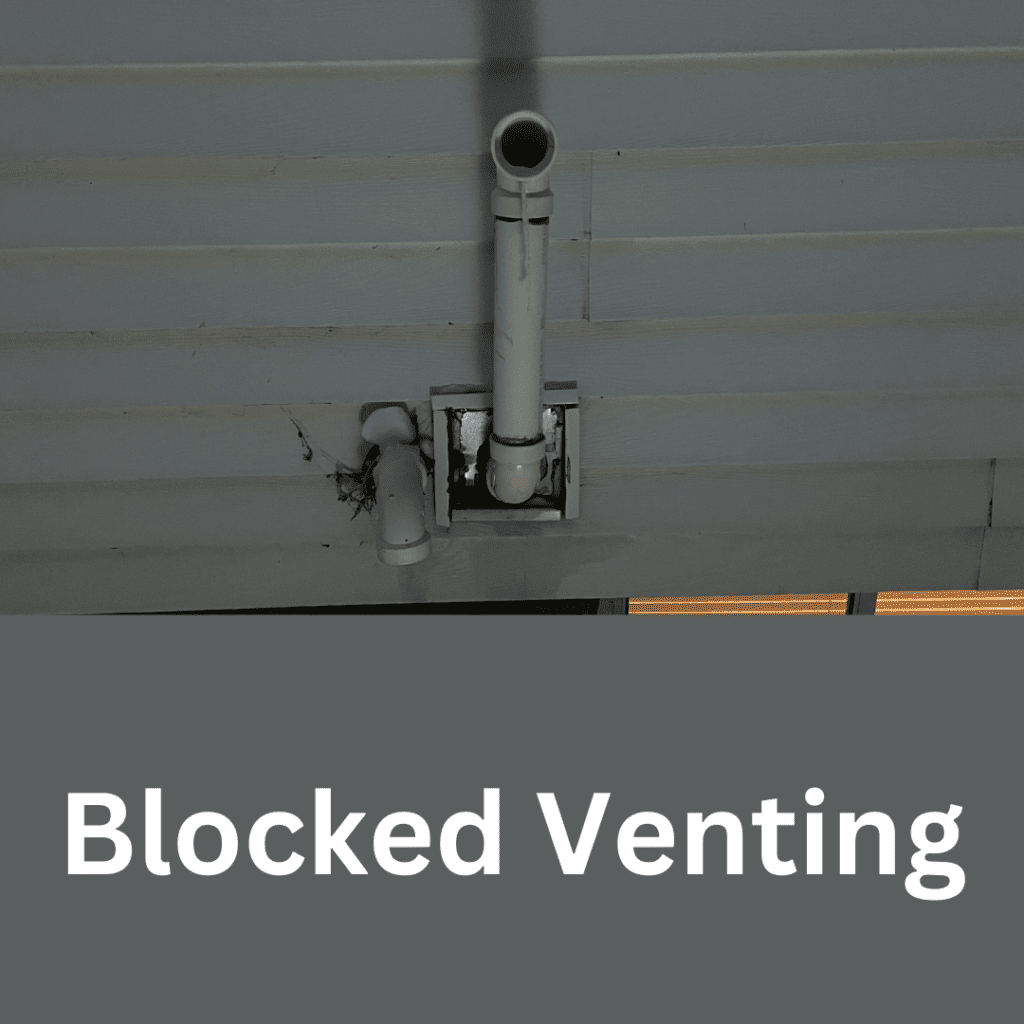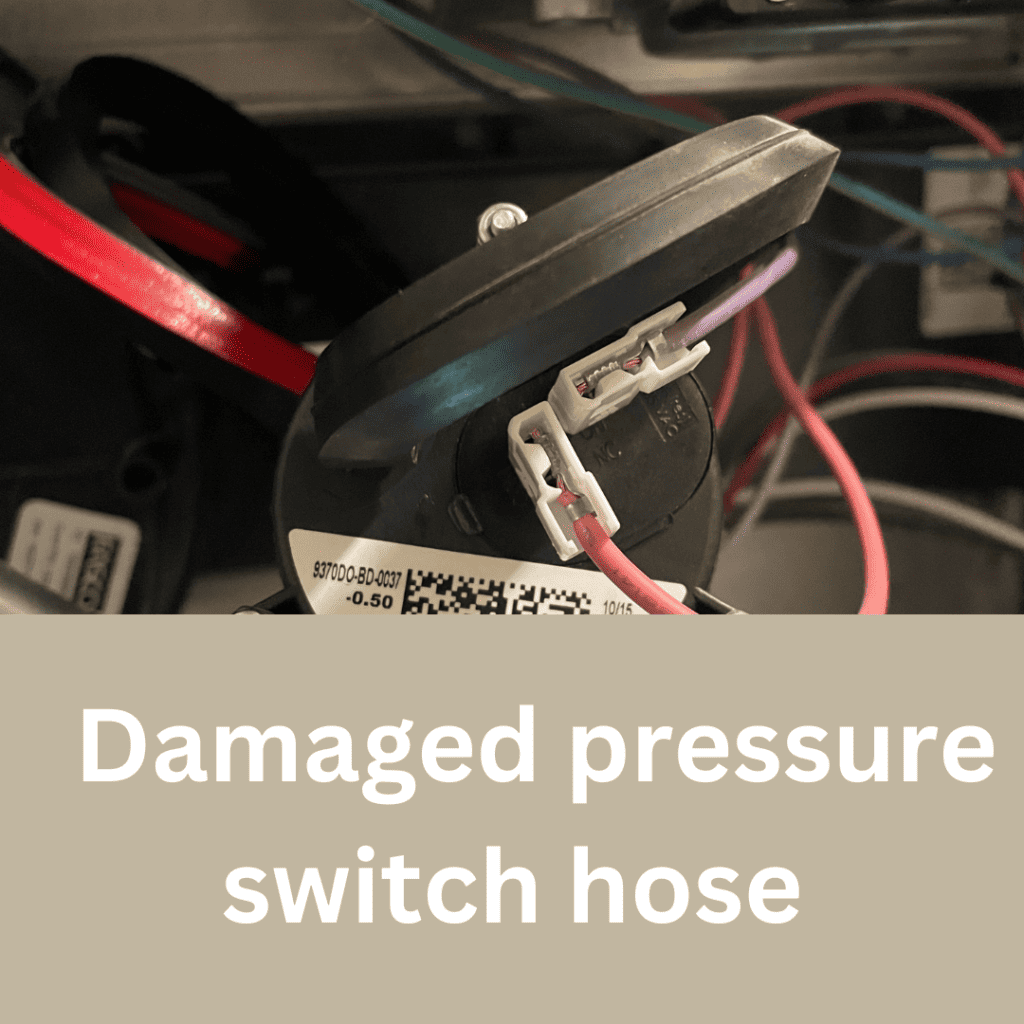Is your Lennox furnace has a pressure switches problem? Your furnace’s pressure switch plays a crucial role in ensuring that it only operates when it is safe to do so. The draught inducer motor, a motor-driven fan intended to remove hazardous gases from the previous heating cycle and transfer harmful gases like carbon monoxide outside of your home, is located adjacent to the pressure switch. The pressure switch will permit the furnace to run if the venting air pressure is as intended; else, it will turn off the ignition.
Vese Heating & Cooling does not recommend that anyone other than a professional attempt to repair or diagnose the problem with your system. High and low voltages can possess a risk to your life, so let professionals take care of your HVAC system
Lennox Furnace Error Code 223
Your Lennox furnace is displaying error code 223, making you feel chilly. This shows that the low-pressure switch on your furnace is not closed. Your system won’t work most likely because your furnace has problems with pressure switches, pressure switches hose, or collector box
Lennox Furnace Error Code 227
The low-pressure switch open during trial for ignition or run mode is the cause of the Lennox E227 fault. If there was water in the furnace when it stopped working, snow or ice has probably blocked the vent pipe, and the condensate drain is probably frozen or clogged.
Lennox Furnace Error Code 229
Because the furnace’s low-pressure switch did not close, it ignited at high fire. Multiple pressure switches in two-stage furnaces allow the system to run at different stages while using less energy. These switches also ensure that your furnace operates safely and that any harmful gases from the heat exchanger are properly removed.

Five Simple Things to Examine to solve Lennox Furnace Pressure Switches Problem
The following are some of the more common reasons I’ve seen furnace pressure switches fail or fail to close correctly, allowing the rest of the system to fire up:
The pressure switch hose has deteriorated.

Blocked Venting
Remember that the inducer motor creates a draught that draws the gases out of the heat exchanger and into the flue pipe, which ends outside the building—usually on the roof. Bees, wasps, and birds have been observed nesting in and around the flue pipe. It is unlikely to occur during the winter, but it is possible throughout the summer. So, if the season is new and the furnace hasn’t been turned on yet, inspect the roof vent. It’s also not uncommon to witness the nest (or the bird) fall all the way to the bottom of the pipe, where it connects to the furnace.
Debris in the collector box’s port
Check for calcium deposits, debris, or other anything that could restrict airflow through the port on the collecting box.
Water in A pressure switch hose
Another possibility is that water has become trapped inside the tube leading pressure switches to fail.

Damaged pressure switch hose
Often times due to wear and tear a pressure switch hose develops a hole in it.
Replacing the damaged hose with a new hose should resolve the issue.
Need Assistance Lennox Furnace Pressure Switches Problem?
Many furnace problems require the expertise of an experienced professional for troubleshooting. Additionally, the heating system could be highly harmful to you and your loved ones if a problem is not fixed correctly. It is advised that you seek the assistance of a furnace repair specialist to address furnace malfunctioning. Remember that regular furnace maintenance can help to minimize the need for repairs. Vese Heating & Cooling is ready to assist you with your furnace repair and maintenance needs if you live in Edmonton. Please do not hesitate to contact our furnace repair specialists at any time.

